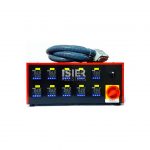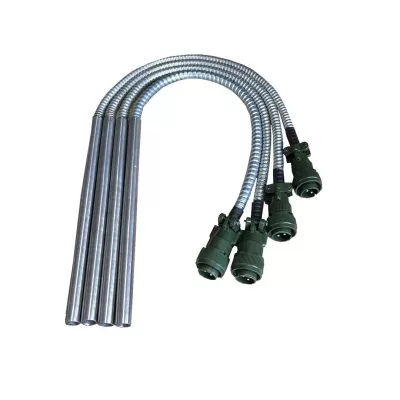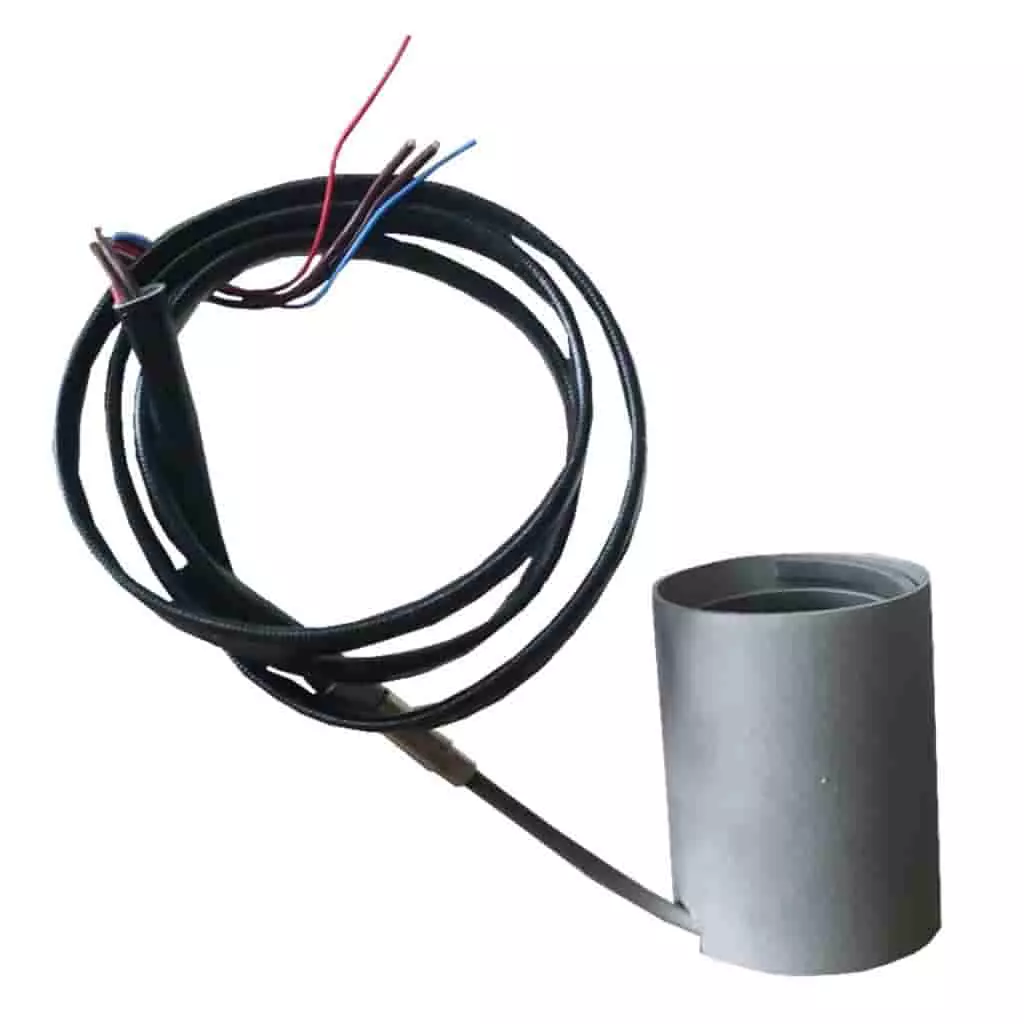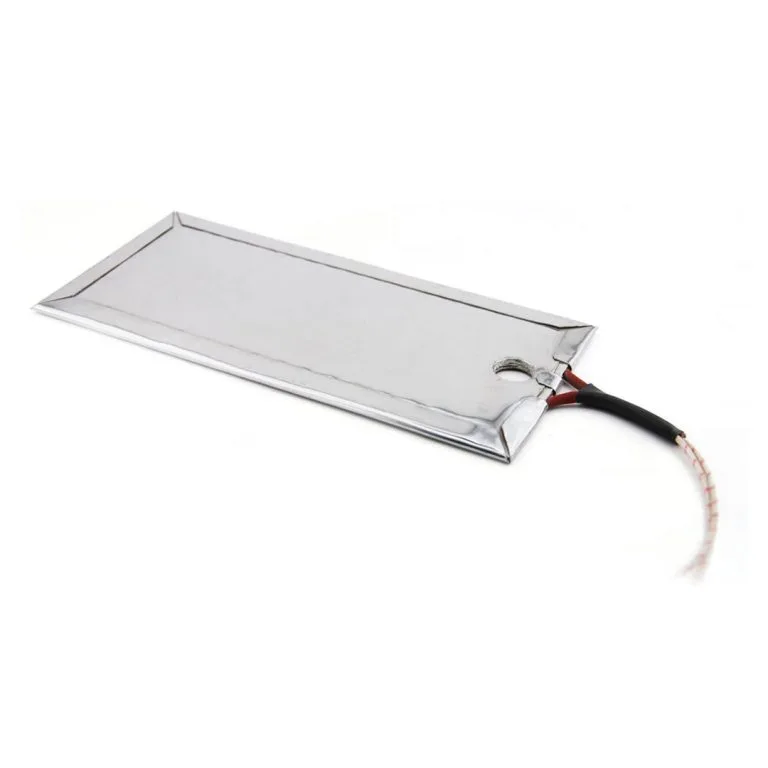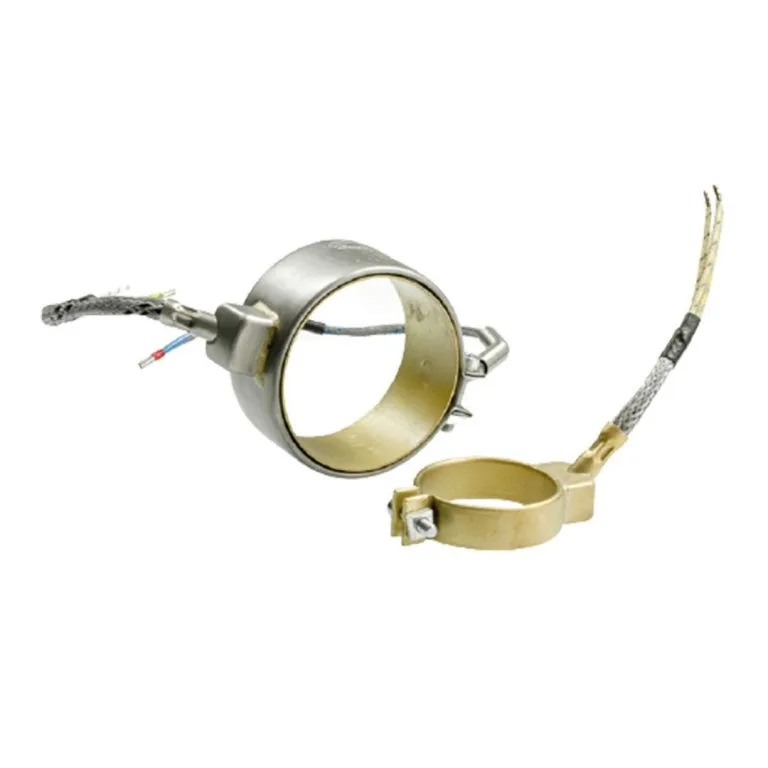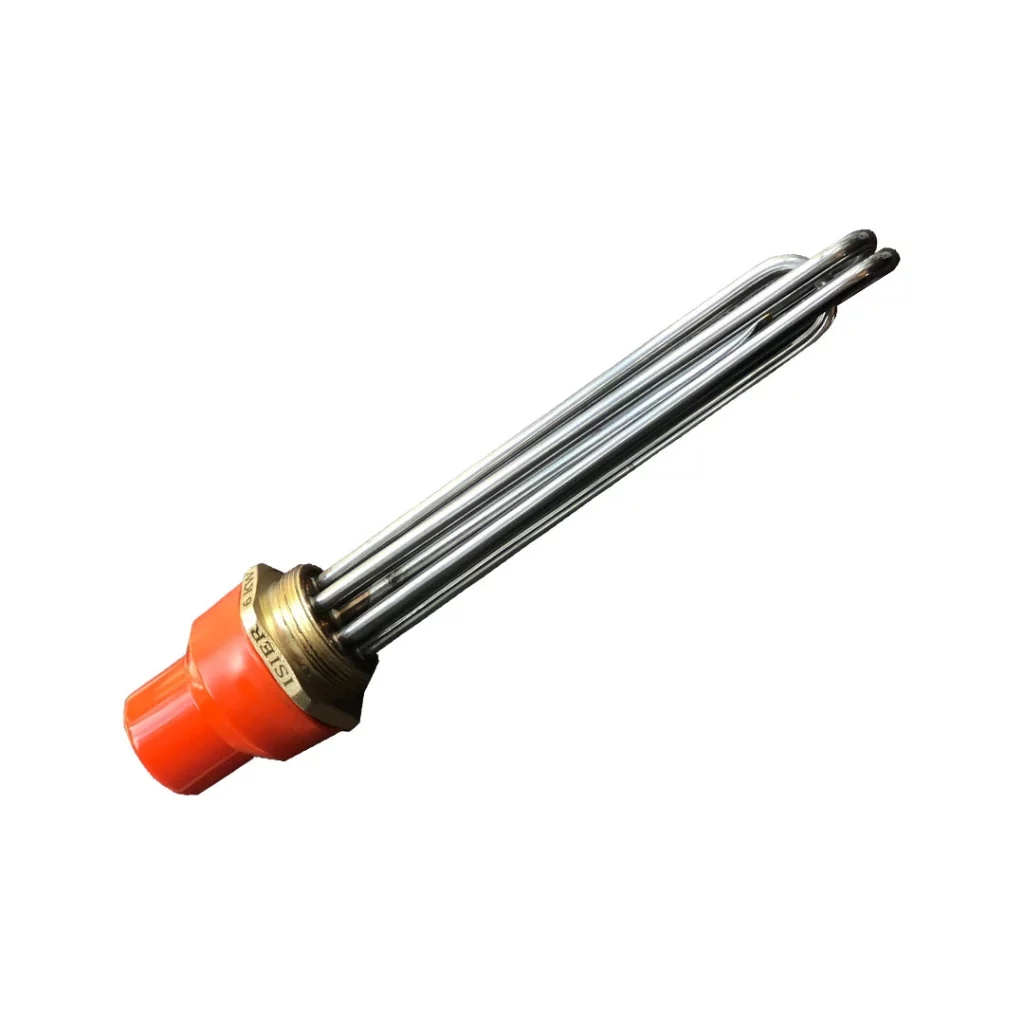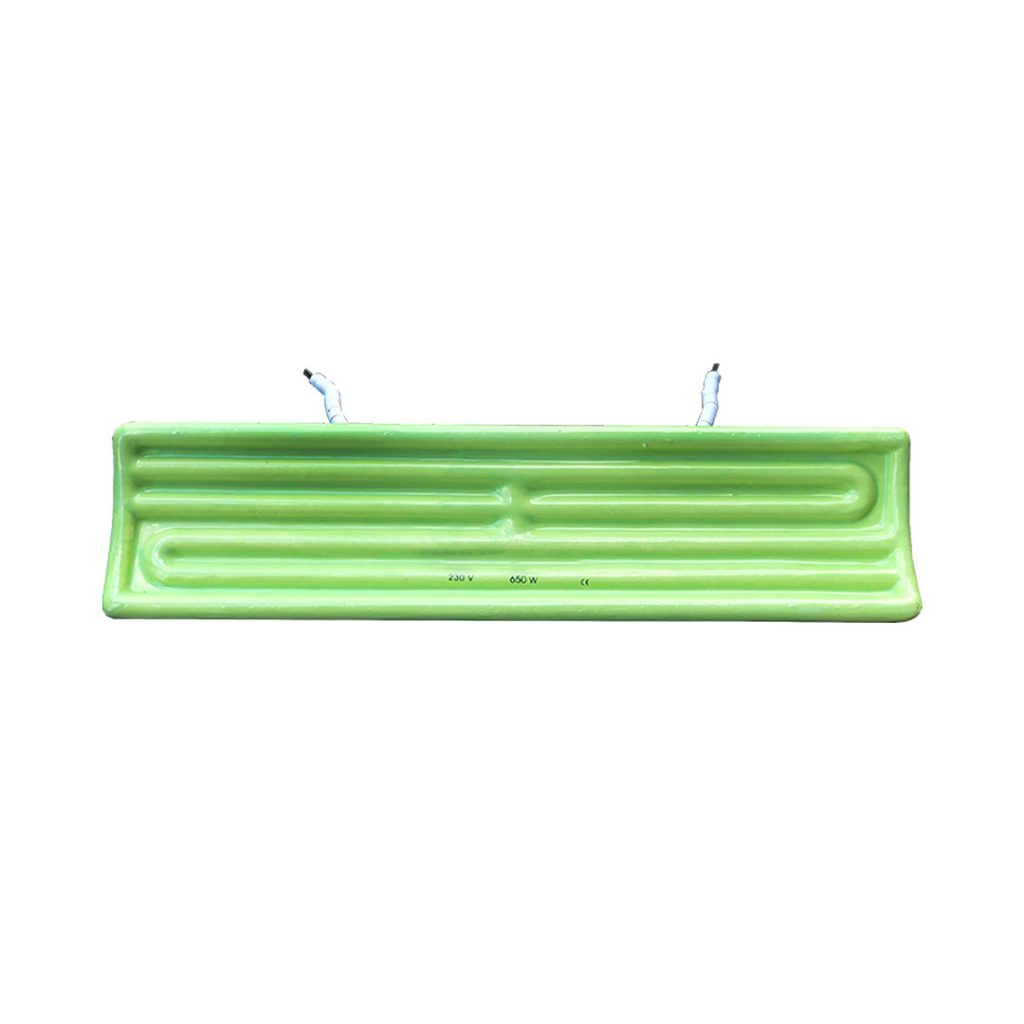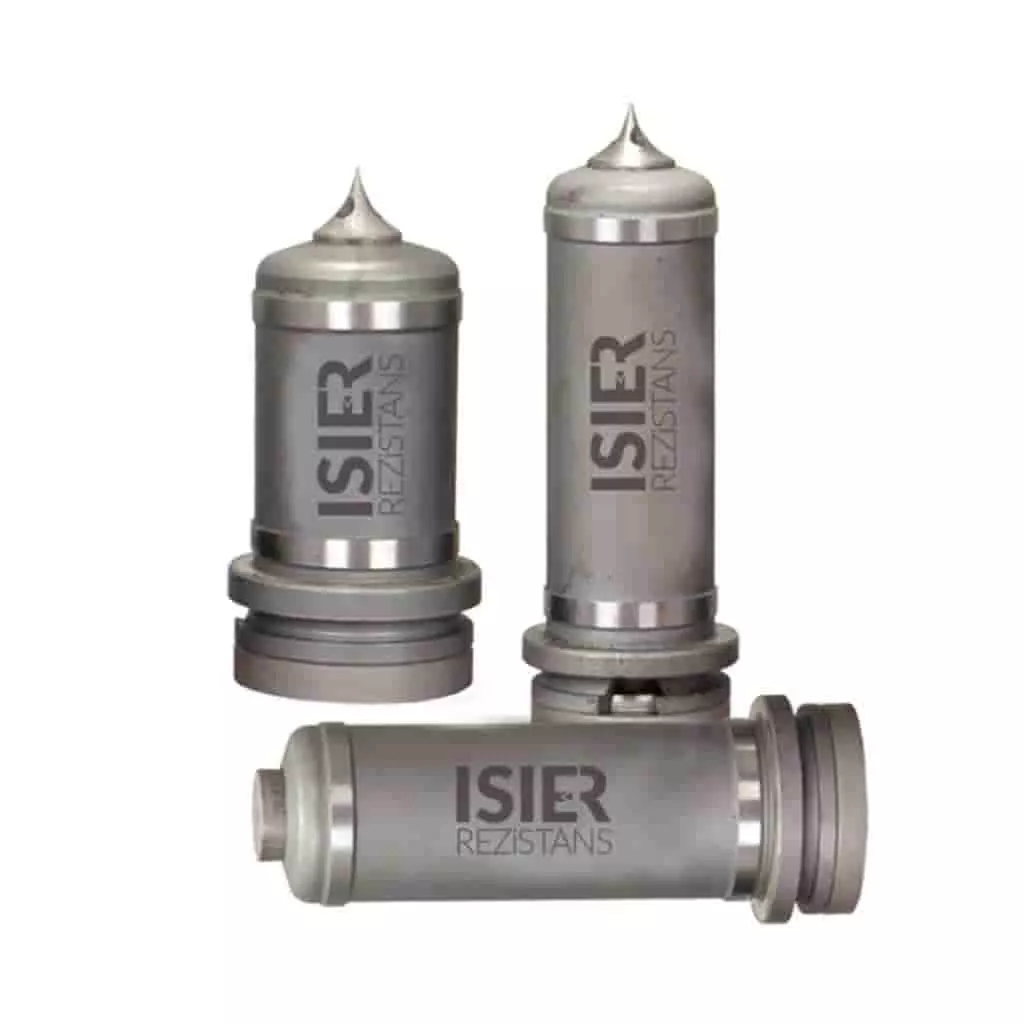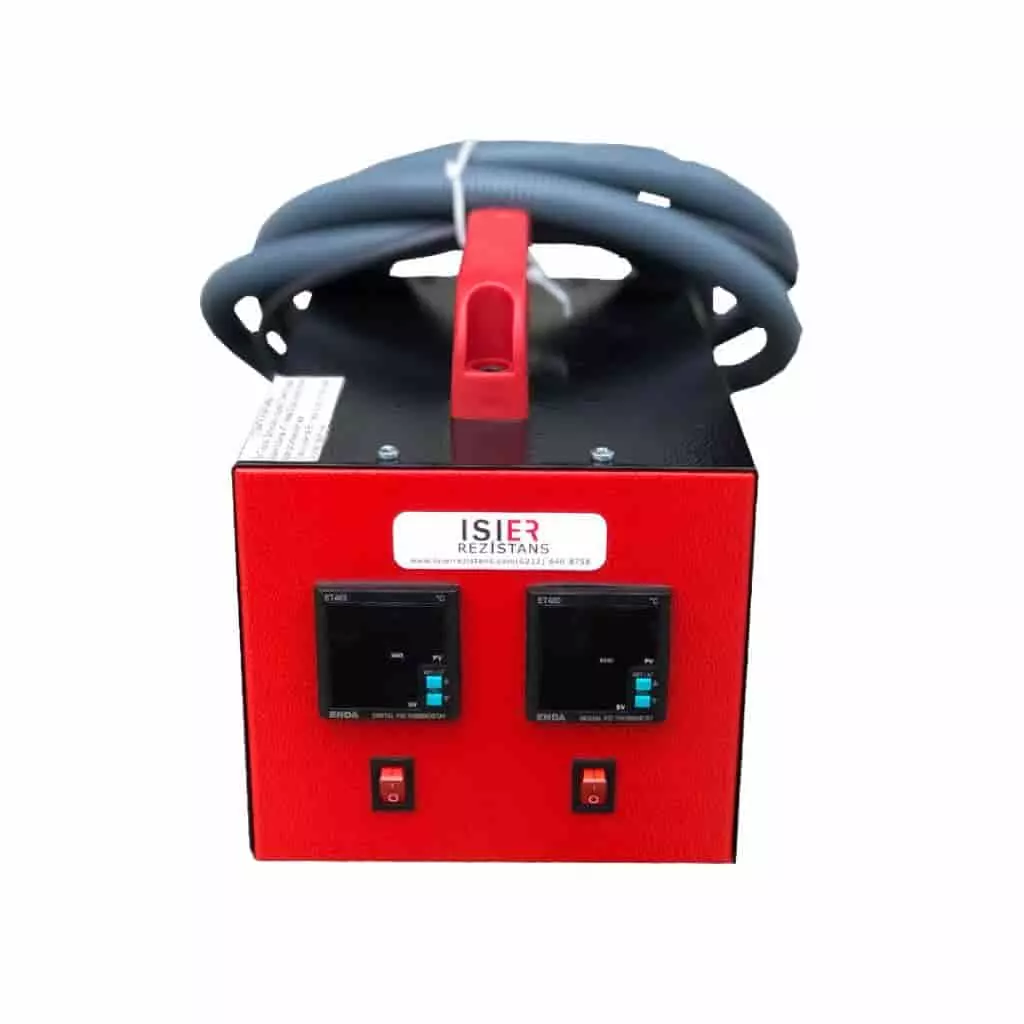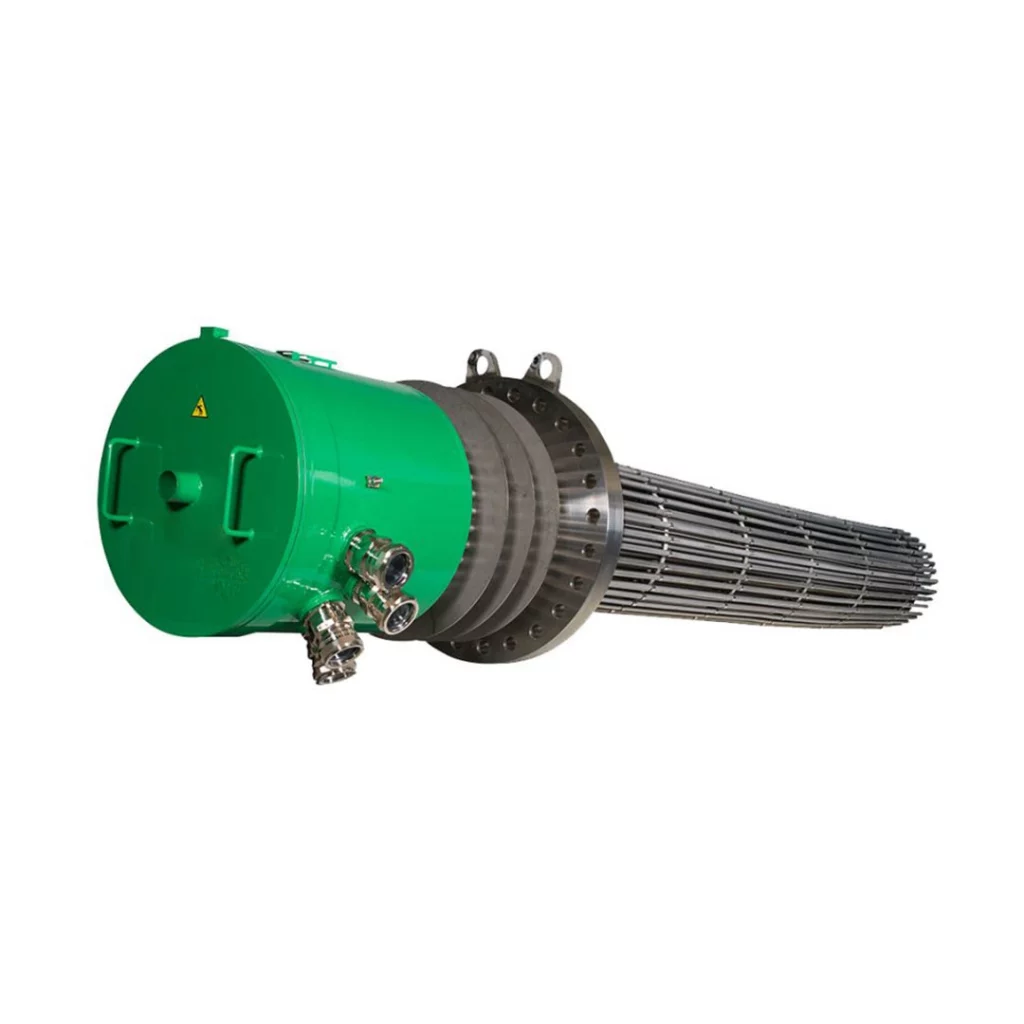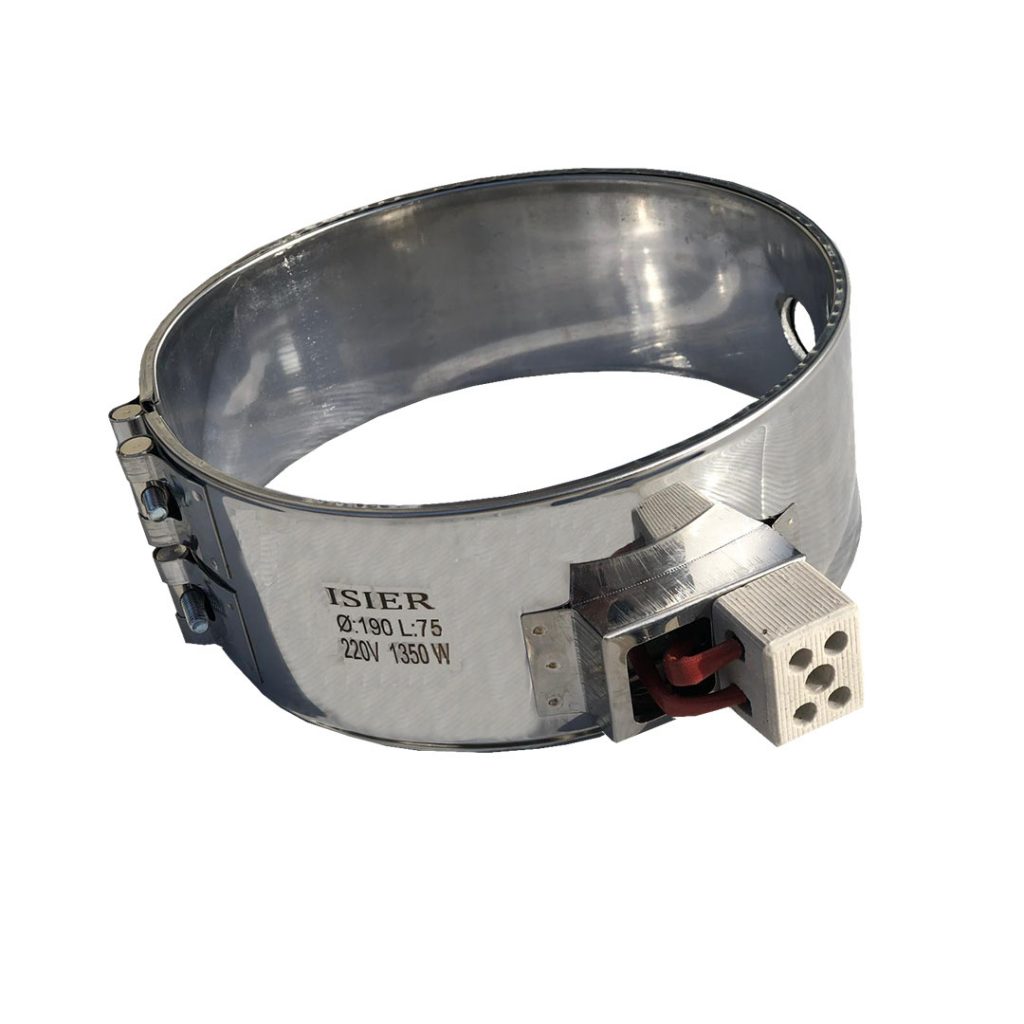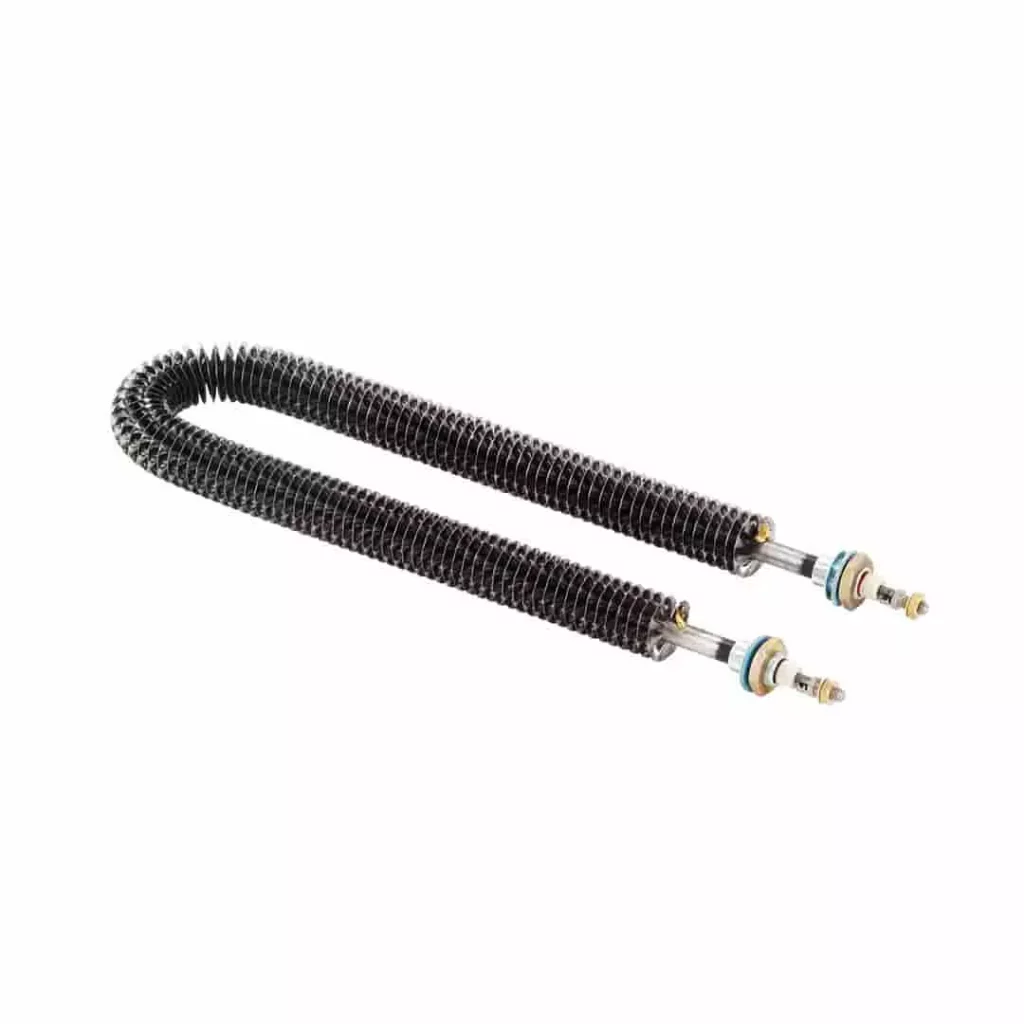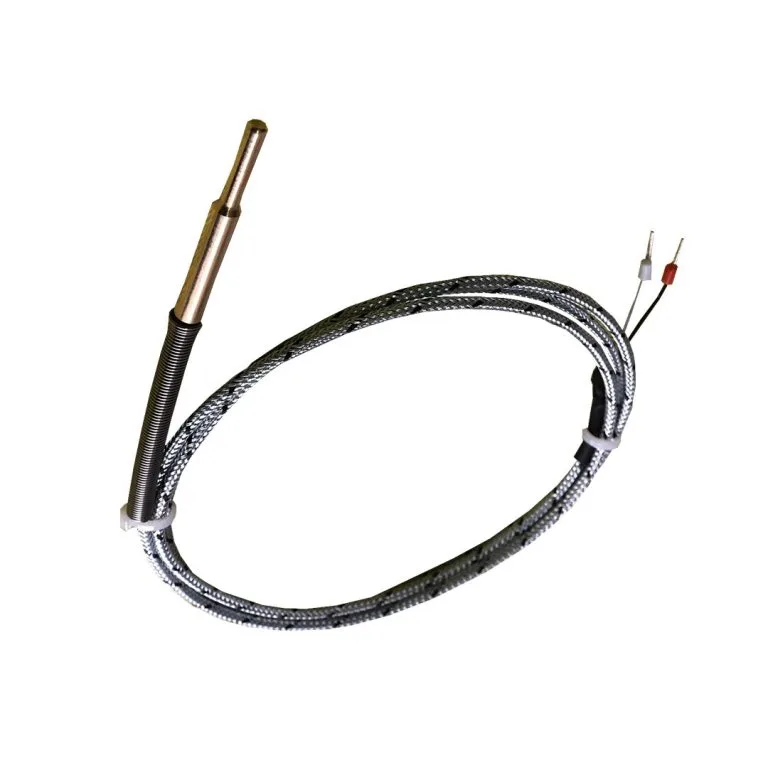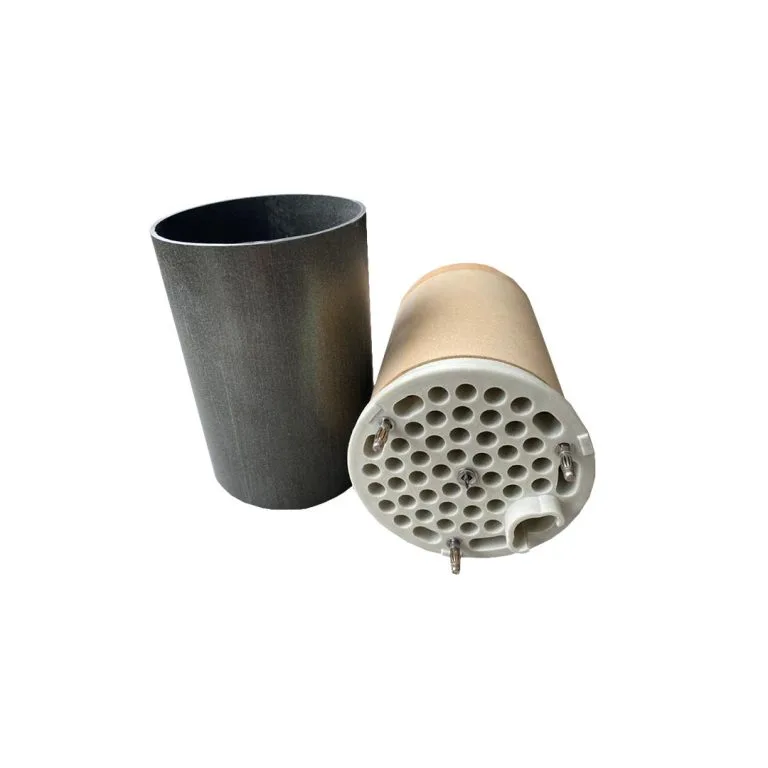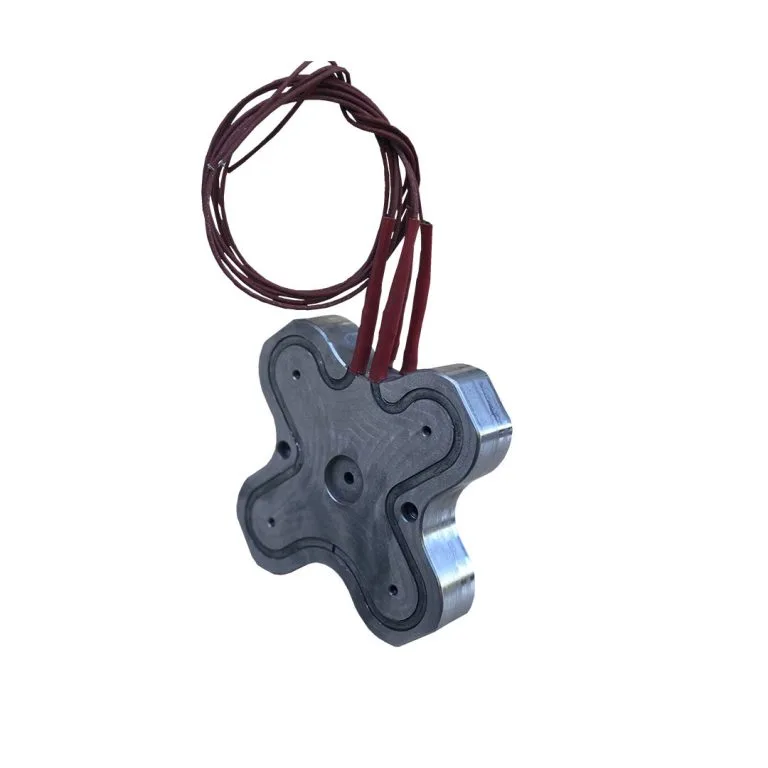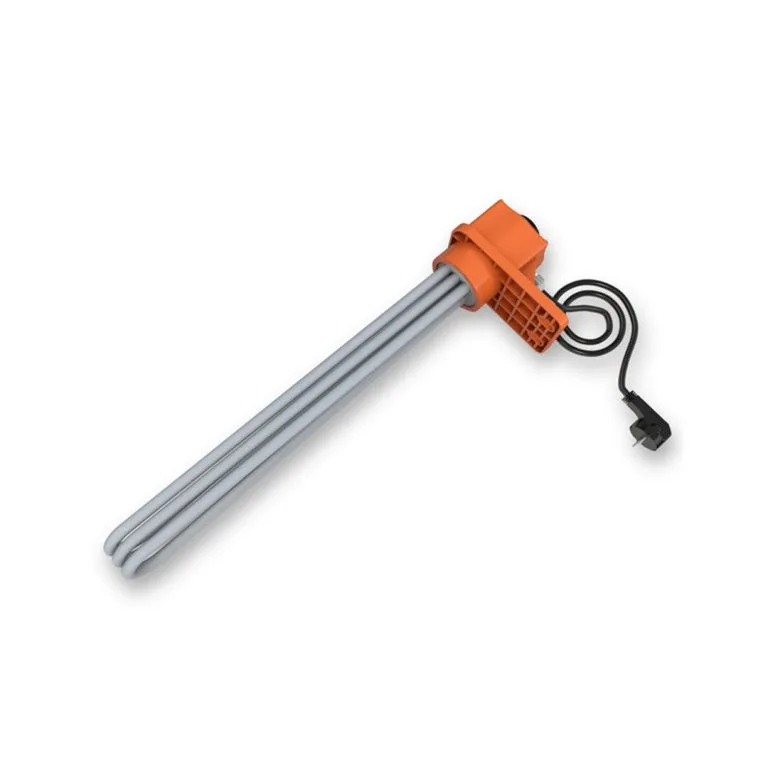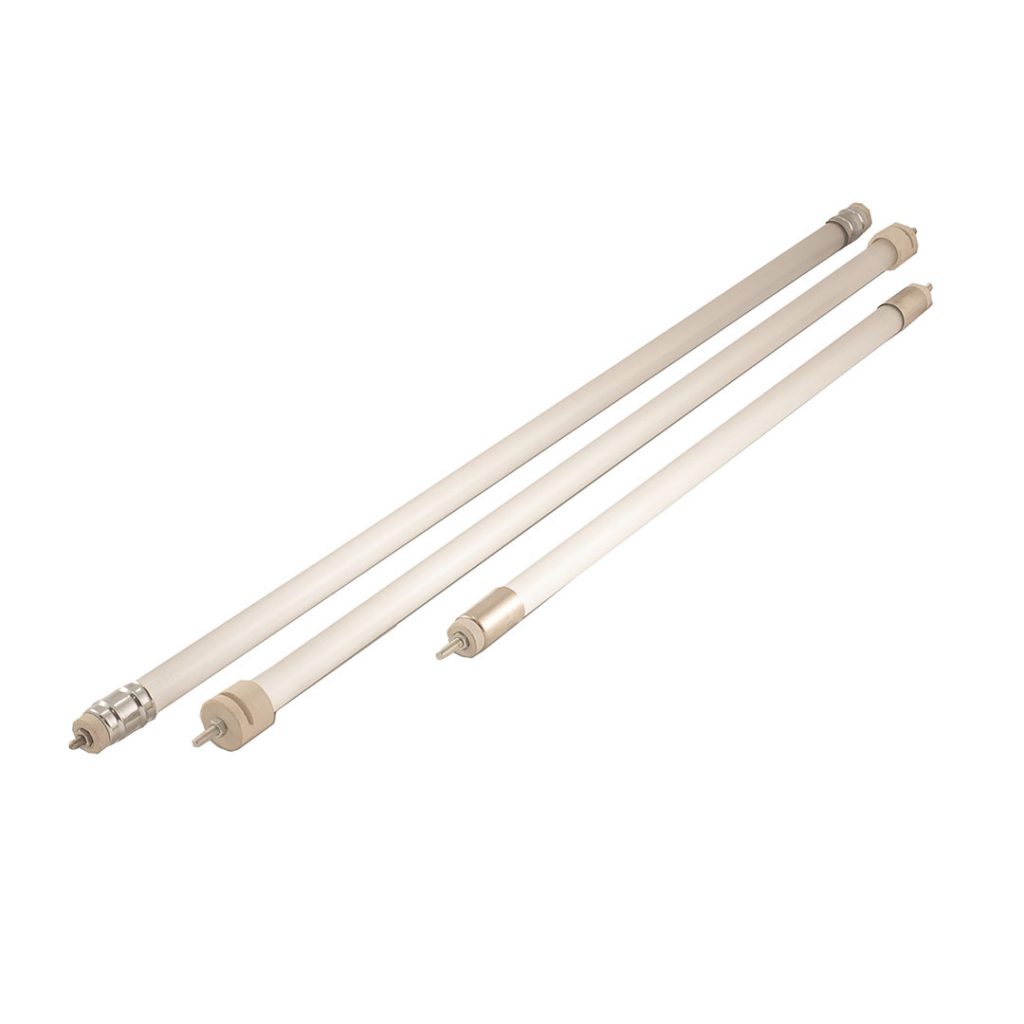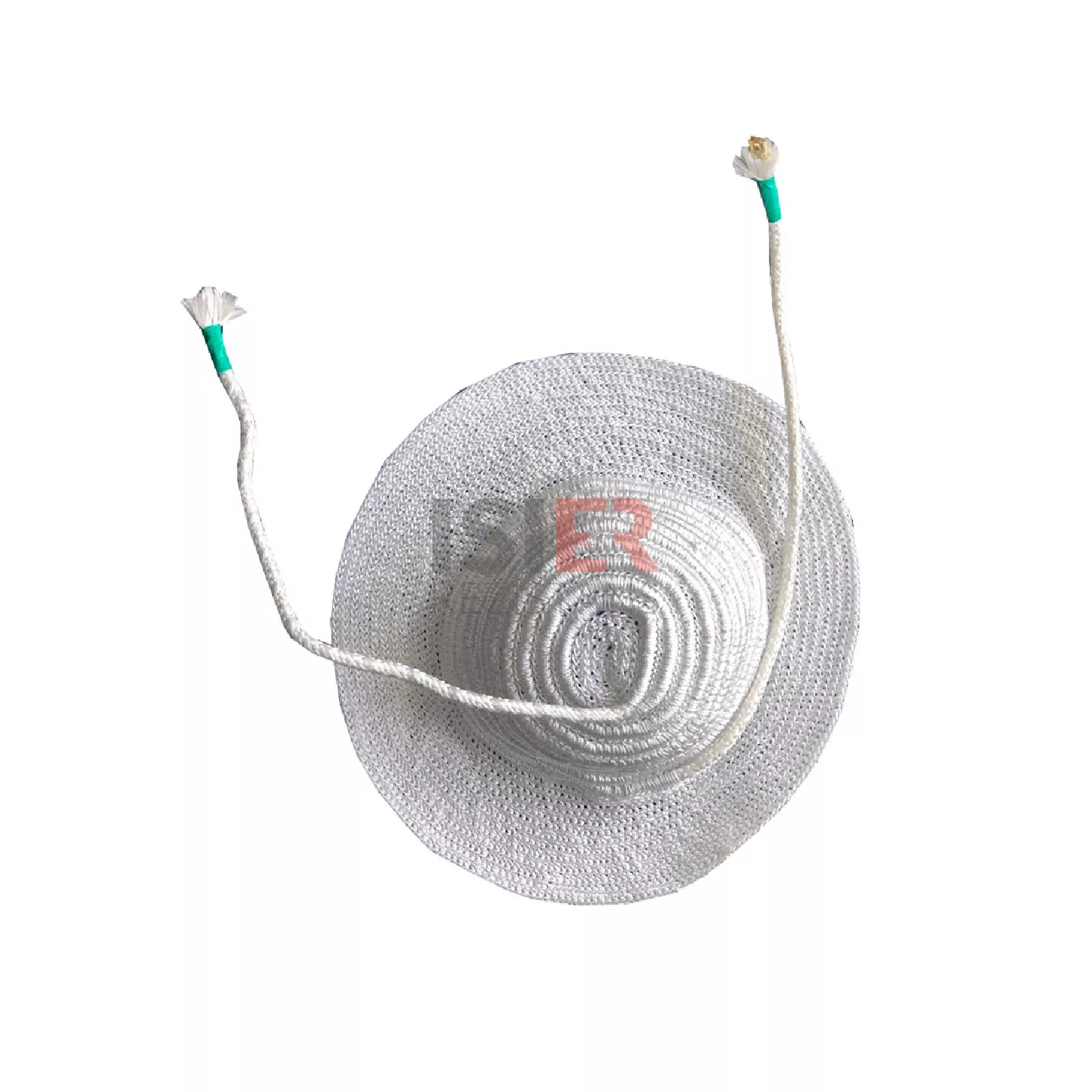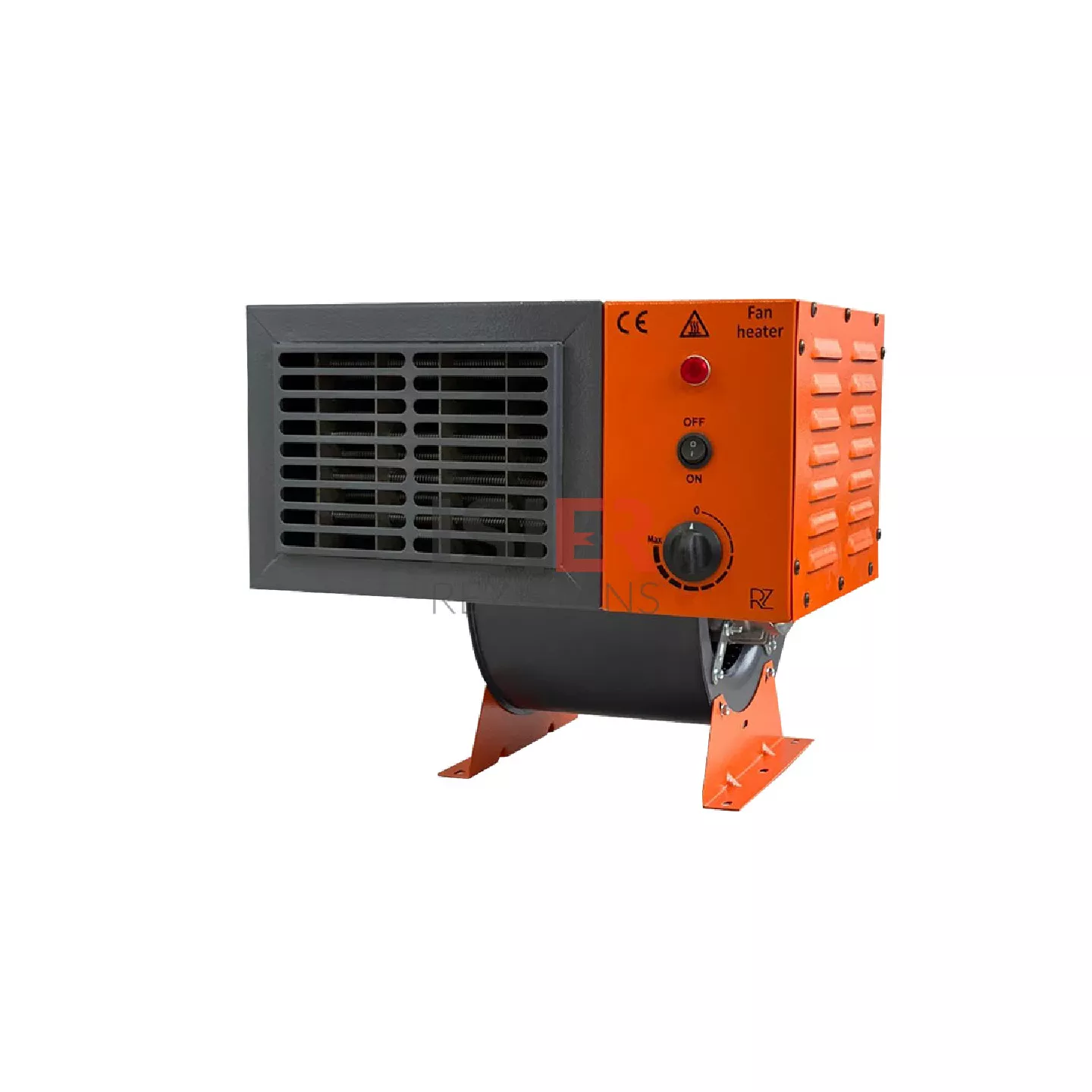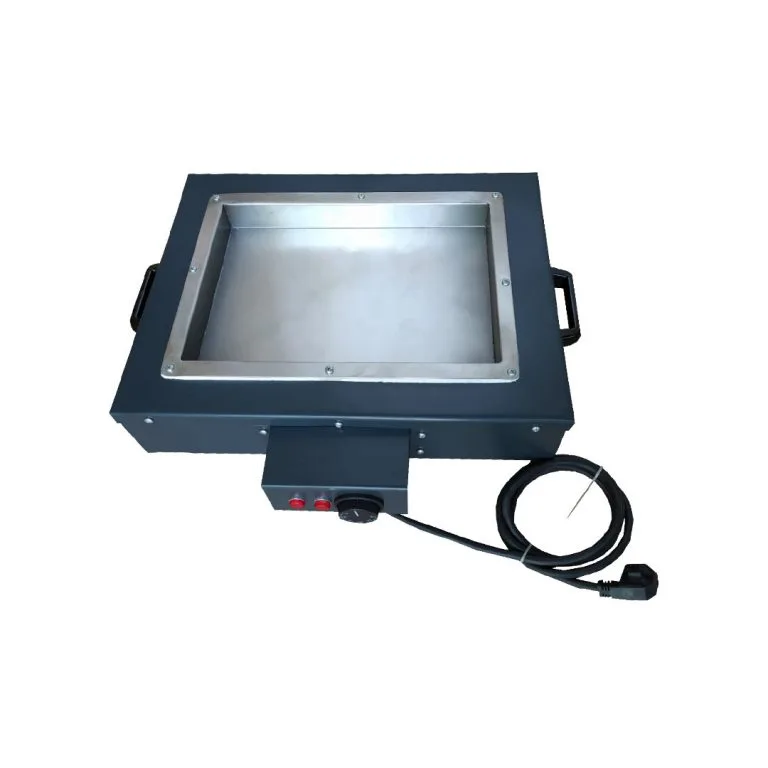Hot Runner Control Devices: Essential Technology for Precision Plastic Production
In plastic injection molding technologies, hot runner systems play a crucial role in improving the efficiency of the production process and the quality of the products. One of the most critical components of these systems is the Hot Runner Control Device. This device precisely controls the temperatures in different areas of the hot runner system, enabling the production of plastic with the desired properties.
In this article, we will discuss the functions, technical specifications, advantages, applications, and selection criteria of the hot runner control unit in detail.
Our Products
Your Solution Partner for All Your Resistance Needs
What is a Hot Runner Control Device?
A hot runner control device is a device used in plastic injection molding machines that monitors and adjusts the temperature values of the hot runner system. The device controls the temperatures in different regions individually, ensuring a homogeneous melt flow. This results in high precision in the size, shape, and surface quality of the plastic products.
These devices are typically equipped with digital displays, allowing the user to easily adjust the temperature settings. Additionally, they are equipped with safety features that prevent overheating and energy loss.
Technical Specifications of the Hot Runner Control Device
Temperature Control Accuracy:
- Operates with high accuracy, such as ±0.1°C.
- Each temperature zone can be controlled independently.
Number of Zones:
- Available in single-zone or multi-zone models.
- Devices with a control capacity of 2 to 200+ zones are preferred for large production lines.
User Interface:
- Easy operation with touchscreens or button panels.
- Adjustable temperature values, alarm systems, and historical data tracking.
Power Capacity:
- Typically operates with 240V or 400V electrical systems.
- Can provide power output ranging from 1kW to 10kW per zone.
Material and Design:
- Made from heat-resistant and durable materials.
- Compact and portable designs save space in production areas.
Safety Features:
- Includes protection mechanisms against overheating, short circuits, and power outages.
- Provides energy savings with an automatic shutdown feature.
Working Principle of the Hot Runner Control Device
The device analyzes temperature data from thermocouple sensors integrated into the hot runner system. Based on this data, the temperature of each zone is adjusted according to the desired setpoint.
Data Collection:
- The temperature values received from the sensors are transmitted to the device’s microprocessor.
Analysis and Adjustment:
- The device compares the temperature values with the user-defined settings.
- If necessary, the power of the heating elements is increased or decreased.
Continuous Monitoring:
- The device continuously monitors the temperature, ensuring stable production processes.
Alarm Systems:
- In case of abnormal temperature increases or decreases, the device alerts the user and automatically shuts down the system if necessary.
Advantages of the Hot Runner Control Device
Precise Temperature Control:
- Provides homogeneous flow, minimizing defects in plastic products.
Energy Efficiency:
- Prevents unnecessary energy consumption, resulting in long-term cost savings.
Production Speed and Quality:
- Supports the fast production of high-quality products with shorter cycle times.
Multi-Zone Control:
- Simplifies complex production processes by independently controlling different temperature zones.
Long-lasting Use:
- Offers long-term, trouble-free operation with its durable design.
User-Friendly Design:
- Minimizes operator errors with easy-to-use interfaces.
Applications of Hot Runner Control Device
The hot runner control device is widely used in industries where plastic injection technology is heavily utilized:
Automotive Industry:
- Production of interior and exterior vehicle parts.
Packaging Industry:
- Bottle caps, containers, and other plastic packaging products.
Medical Devices:
- Sterile plastic equipment.
Electrical and Electronics:
- Cable housings and electronic device components.
White Goods and Household
Products:
- Plastic accessories and durable consumer products.
Factors to Consider When Selecting a Hot Runner Control Device
Choosing the right hot runner control device directly affects the efficiency of the production process and product quality. The following factors should be considered when selecting a device:
Production Capacity:
- The number of zones and power capacity should match production needs.
Temperature Range:
- The device should be suitable for the melting point and temperature tolerances of the material being used.
Energy Efficiency:
- Models with low energy consumption provide savings in the long term.
Brand and Warranty:
- Devices from reliable manufacturers ensure long-term, safe use.
User-Friendly Features:
Devices with easy interfaces and automation options are preferable.
The hot runner control device helps to achieve precise temperature control in plastic injection processes, improving both production quality and reducing costs. With technological advancements, the use of smarter and more energy-efficient devices has created a significant transformation in this field.
Hot Runner Control Device Frequently Asked Questions
Heat control devices are devices used to regulate and manage the temperature of heating systems or specific components. They ensure that systems operate within safe and efficient temperature ranges, preventing overheating and improving energy efficiency.
Common types of heat control devices include:
- Thermostats: Regulate the temperature of a room or system by turning heaters on or off.
- Temperature controllers: Maintain and adjust the temperature in industrial processes.
- Thermistors and sensors: Measure temperature changes to provide feedback to the system.
- Fuses and circuit breakers: Protect electrical systems from overheating and short circuits.
- Solid-state relays (SSRs): Used to control heating elements electronically without mechanical parts.
Thermostats monitor the temperature of a space or system and automatically activate or deactivate heating elements to maintain a set temperature. When the temperature rises or falls above or below the preset threshold, the thermostat switches the heater on or off accordingly.
Heat control devices are used across various industries, including:
- HVAC systems: For regulating indoor temperatures in homes, offices, and buildings.
- Manufacturing: To control temperatures in processes like molding, extrusion, and chemical production.
- Automotive: For engine and cabin temperature regulation.
- Food processing: To maintain precise temperatures for cooking, baking, and storage.
- Electronics: For thermal management of components like semiconductors.
- A temperature controller is used to maintain a specific temperature within a process or system. It adjusts the heating or cooling to keep the process within optimal temperature ranges, ensuring safety, efficiency, and product quality in industries like food production, chemical processing, and plastics.
- Mechanical thermostats: Use physical components like bimetallic strips to detect temperature changes and open or close electrical circuits. They are simple but less precise.
- Digital thermostats: Use electronic sensors and circuits to detect and regulate temperature with high accuracy. They often offer programmable settings and advanced features like remote control and Wi-Fi connectivity.
Thermal sensors (like thermocouples and RTDs) measure temperature by detecting changes in electrical resistance or voltage caused by heat. They send this information to a controller or thermostat, which adjusts the heating or cooling system based on the readings.
Fuses and circuit breakers act as safety mechanisms by cutting off power to a system when it overheats or experiences an electrical fault. These devices prevent damage to heating equipment, electrical circuits, and wiring, reducing the risk of fires or equipment failur
Yes, heat control devices can be used together to ensure precise and reliable temperature management. For example, a temperature sensor might feed data to a thermostat, which then activates or deactivates a heating element, while a fuse or circuit breaker provides protection.
To ensure proper function and longevity, it’s essential to:
- Regularly calibrate thermostats and temperature sensors to ensure accurate readings.
- Inspect and clean components to prevent dust buildup or corrosion.
- Check wiring and connections for wear or damage.
- Test fuses and circuit breakers periodically to ensure they function properly in case of overheating.





